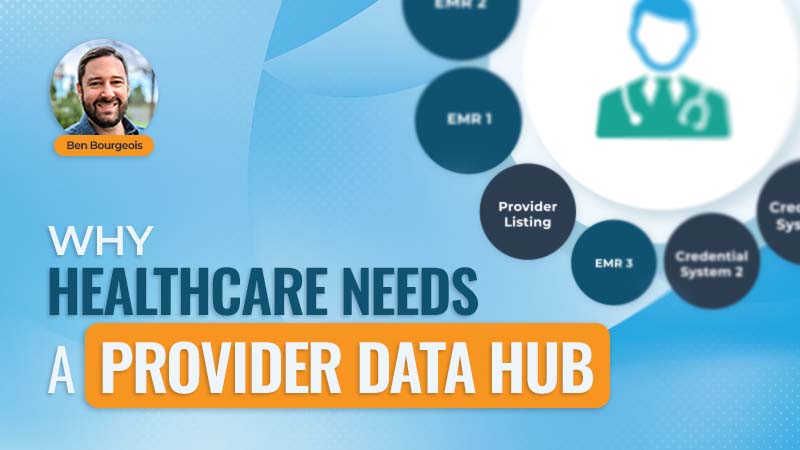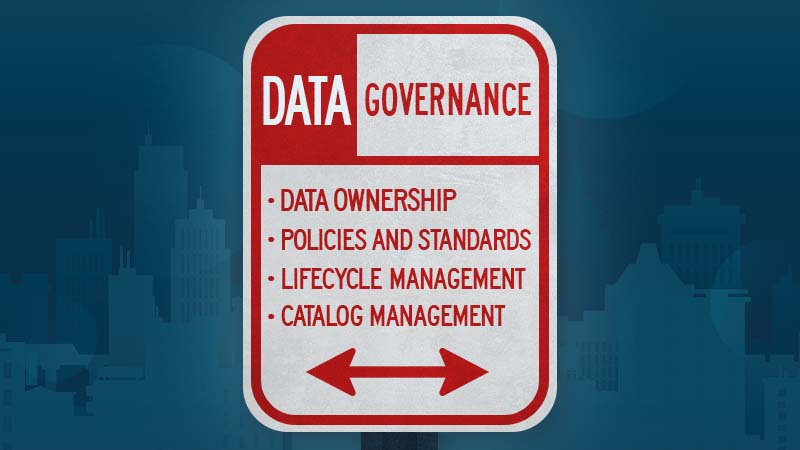Table of Contents
Bad data is not simply an inconvenience, it is a ball and chain, acting as a drag and slowing your business down. Growth has always been a high priority for businesses, regardless of the industry, and any organization will find it hard to achieve growth if the data quality is poor.
Using poor-quality data can lead to lost revenue in several ways. For example, consider targeted advertising that fails because the underlying information of the customer’s interactions with your content is incorrect. Bad data can produce confusing communications, especially in multichannel selling.
Poor-quality data can cause exponential damage when it feeds analytical and business intelligence (BI) processes that attempt to draw insights from enterprise data. When the wrong data is applied to important decisions, it can easily damage income and undermine projections. Implementing master data management (MDM) and data governance programs are critical to resolving poor data quality issues.
Poor Data Quality is a Known Problem
Analysts who have had to struggle with poor data quality are well aware of the potential damage from false assumptions. The loss of income for businesses is bad enough, but companies that continuously use faulty data in their communications and decision-making will develop a reputation for being confused and disorganized. Who wants to do business with a company known for being either of these?
If poor-quality data is not corrected at the source, the company will continue to harm itself. Without the right enterprise MDM solution, analytics and BI teams will be unable to implement the best practices and tools necessary to correct the situation. They must identify the problems and make the data trustworthy, reliable, and usable.
Here are three risks that companies face if they cannot manage their data.
1. Poor Data Quality Wastes Precious Time (and Money)
According to Gartner, poor data quality costs organizations an annual average of $12.9 million. Beyond the financial costs, this hinders innovation and prevents organizations from leveraging their data as a strategic asset.
This is, in part, because most organizations react to poor data quality issues as they arise. This approach is remarkably time-consuming and does not address the root causes.
The situation also wastes the analysts’ time. They are forced to spend significant amounts of time cleaning up the data before they can even start their analysis. They must translate data from one format to another and double-check the accuracy of any data they are using because it cannot be trusted.
2. Poor Data Quality Hurts the Customer Experience
Data drives customer interaction and product fulfillment while bad data creates missteps that can be difficult to recover from. Online catalogs contain manually entered product information that customers rely on to make their purchase decisions, and both the customer and the company falsely assume the data is valid.
But a faulty product listing or an incorrectly coded item can cause a customer to receive the wrong item altogether. After anticipating their package for several days, a customer would be extremely unhappy if the contents do not match what was promised.
Accurate customer data is essential to providing a solid customer experience. Delivering an incorrect order (even with incorrect quantities or configurations of the correct product), even occasionally, will damage a business’s reputation.
To effectively compete, modern data-driven businesses must ensure the quality of their customers’ data is accurate. Data drives marketing, customer relationships, and product fulfillment. Bad data, conversely, can cause missteps that an organization may not recover from.
3. Poor Data Quality Leads to Missed Chances
Marketing teams rely quite heavily on accurate customer information. Marketers often use data from a variety of sources to provide personalization and enhance the customer experience.
Accurate data is useful for advertising relevant sales and promotions, but unmanaged data can lead to mistakes that cause the wrong message to be delivered, alienating the customer. The opportunity to make a sale with this customer can be lost forever.
Collecting trustworthy data is essential for understanding your customers. It also allows you to stay in touch with them by using verified email addresses, phone numbers, and mailing information. This information is necessary for effective marketing and must be accurate.
The Impact of These 3 Risks on Analytics Programs
Reliable data keeps a business agile. It allows you to spot trends sooner, so you can take advantage of new opportunities or tackle challenges before your competitors.
These 3 risks of poor data quality can be caused by several underlying data quality issues:
- Duplicated data: When data is stored in multiple silos, different departments can have inconsistent records containing duplicated information. For example, a customer may have moved, but only the finance team captured the new address for billing purposes while marketing has continued to send direct mail to the old address.
- Incomplete fields: When data is entered manually, incomplete fields are often a problem. For example, a zip code might be missing the four-digit suffix required for accurate delivery estimates.
- Inconsistent formats: Different formats, such as the way a date is written (June 19, 1969, or 06/19/69), can lead to confusing errors.
- Human error: Perhaps the largest source of poor-quality data is the wide range of human error. Data that has been entered in the wrong field, missed entries, and spelling errors are virtually inevitable.
Companies rely on their analytics and BI leaders to help predict market trends, identify friction in the customer experience and provide insights that help provide direction for the company’s future.
As the world becomes more data-driven, data analysts must have accurate data in the right format at the right time.
Bad data, like a ball and chain, slows down sales while hurting a company’s growth potential, but successfully implemented master data management can address these data quality issues at their core.
Interested in learning more? Download a copy of the Complete Guide to Data Quality below.

VP & MDM Strategist @ Profisee

Bill O'Kane
A former Gartner analyst, Bill O'Kane was the VP & MDM Strategist at Profisee.











